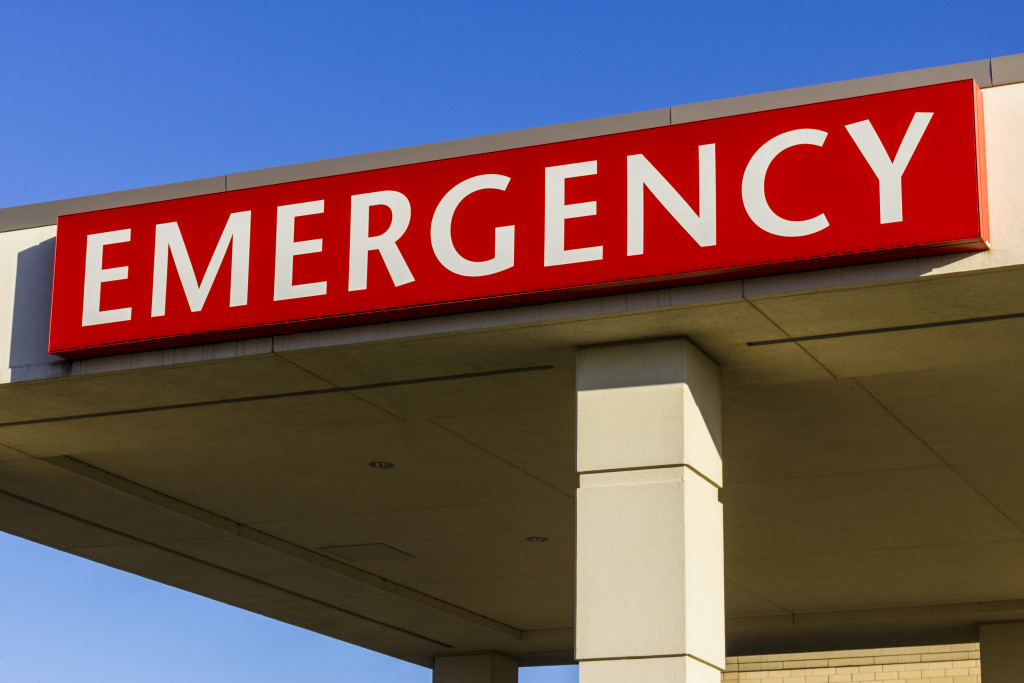Emergencies are all-too-common; they usually strike at random times and places. For instance, you may find someone run out of breath while doing your usual errand at a supermarket or see someone having chest pains on a busy road or at a sporting event.
Everyone should know how to recognize an emergency and how to respond appropriately in such situations. Although calling 911 and staying calm is recommended at all times, when you come face to face with death, it’s imperative to know the basic practice to increase the chances of survival.
Cases of poison
According to data, poisoning ranks as the 6th leading cause of death among children and adolescents. This marks a significant and alarming increase from the previous data.
Toxic substances such as cleaning products, insecticides, and pharmaceuticals can be swallowed deliberately or unwittingly by children. In these situations, you know the ideal first aid to apply while help is on the way.
Immediate medical assistance is required, and health practitioners should be mindful of the general actions to follow to prevent the toxin from spreading.
Breathing problems
There are several reasons why one might experience breathing issues. Allergic reactions, coughs, colds, and asthma attacks, to name a few. It’s crucial to know that difficulties in breathing can be an underlying symptom of something much more severe. For example, although shortness of breath can happen during vigorous exercise, it may also be a warning indication if it occurs abruptly.
When someone is experiencing trouble breathing, they may show signs and symptoms that you should be aware of, such as discomfort or tightness in their chest, gasping for air shallower or quicker than average, and loud breathing.
Bleeding
It’s important to understand that several factors cause bleeding. While injuries and bruises trigger physical bleeding, severe accidents can result in internal hemorrhage, which is harder to detect and far more dangerous.
In this case, recognizing common symptoms is vital. For example, passing out, numbness, shortness of breath, vomiting, and other warning signs of internal bleeding. Moreover, if you can’t stop the bleeding or find an item or even a bone within the cut after administering first aid, you should seek medical attention right once. For example, blood from the mouth combined with extreme discomfort that does not subside despite taking pain relievers necessitates urgent or emergency dental care or treatment.
If there has been a significant quantity of blood loss, the wounded individual may get ill, pale, disoriented, and, in rare situations, lose consciousness. Contact your local emergency operator immediately and go to the nearest hospital.

Electrocution
Another prevalent source of injury is electric shock. It can happen anywhere, whether you’re at home or someplace else. When a high voltage shock strikes a person, it may burn their skin, organs, muscles, and nerves to varying degrees.
Individuals who have been injured by electric shock are assessed and treated as trauma patients. Breathing, airway, and lining spine immobilization should all be included in the first assessment. Since specific injuries might take up to a week to show, healthcare providers should also check for concealed indications.
Remember not to touch the person if they’re still holding on to the source of electrocution, and call your local emergency number immediately for better assistance.
Heatstroke
Heatstroke is the most severe stage of Hyperthermia as it can harm essential biological organs, such as the brain. Although the illness primarily affects elderly folks, it doesn’t make younger people invincible to it.
It’s often a result of prolonged exposure to searing temperatures, dehydration, and a history of heat-related disorders, including heat syncope, heat exhaustion, and heat cramps. One method used by doctors to relieve your body from excess heat is to submerge the patient in cold water. Additionally, an endovascular cooler may be necessary for more complex situations.
Flushed skin, heavy sweating, heavy breathing, and fainting are some of the most common symptoms of heatstroke. If you suspect someone suffering from such, immediately remove them out of the heat, put ice packs or any cold, wet cloth on your patient’s neck, and apply necessary first aid remedies.
Learning how to deal with frequent crises, whether they are your expertise or not, is a life-saving ability to help you become a better part of your community. There are hundreds of different types of crises to learn about, and taking the step in knowing the most prevalent ones should serve as a good starting point.
Don’t forget to check on and share credible sources and health care facilities to avoid mistakes and additional risks.




